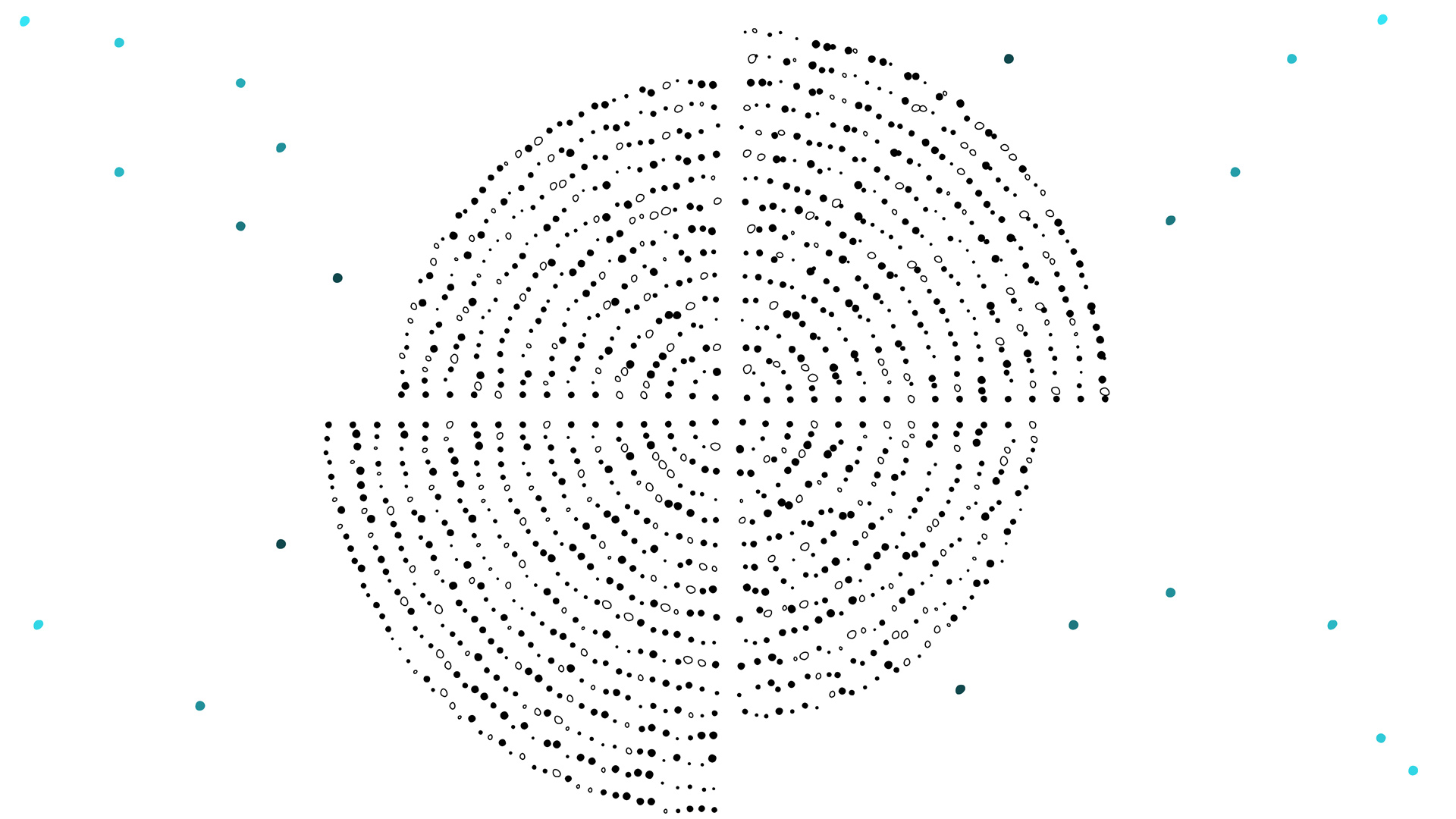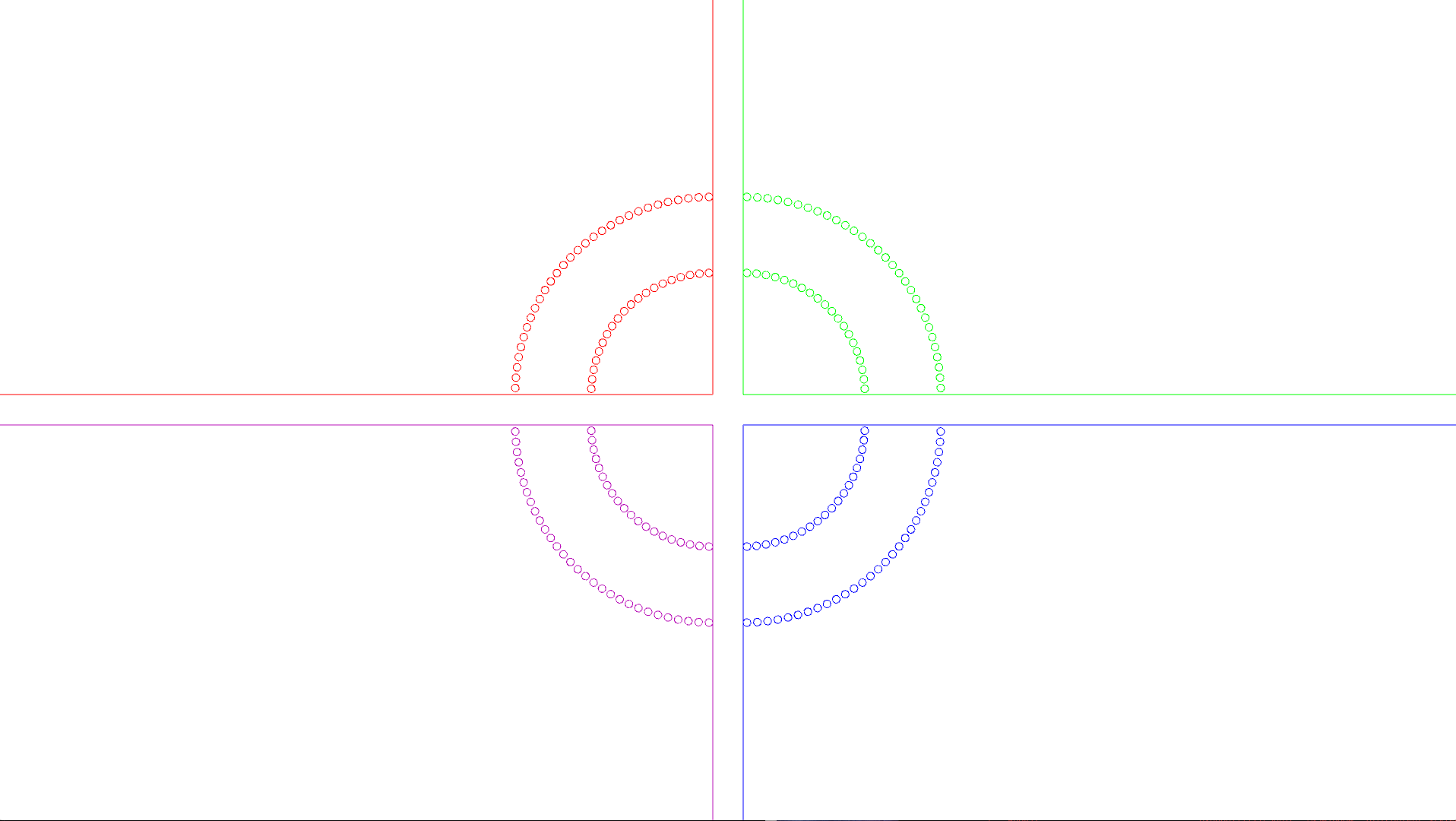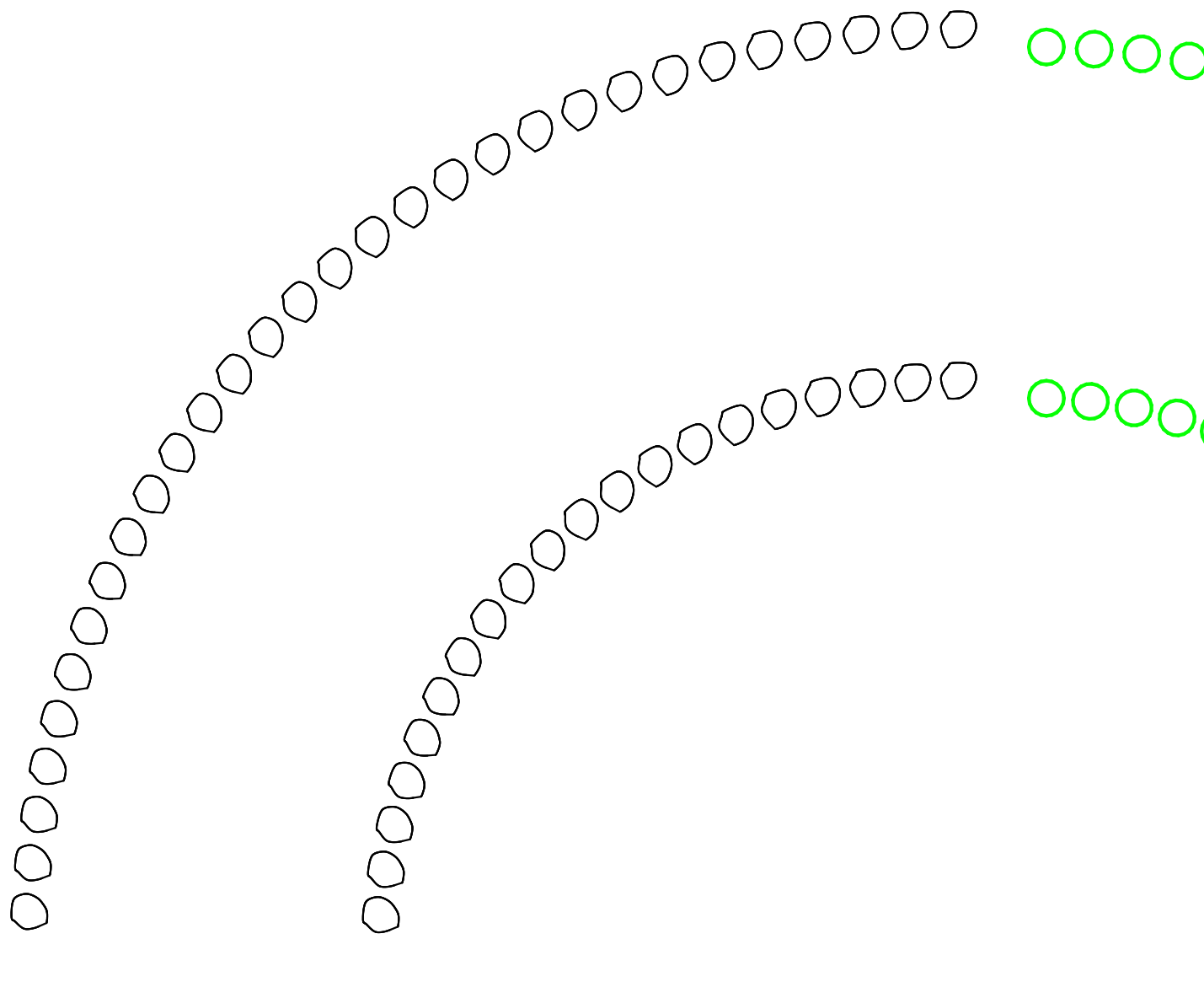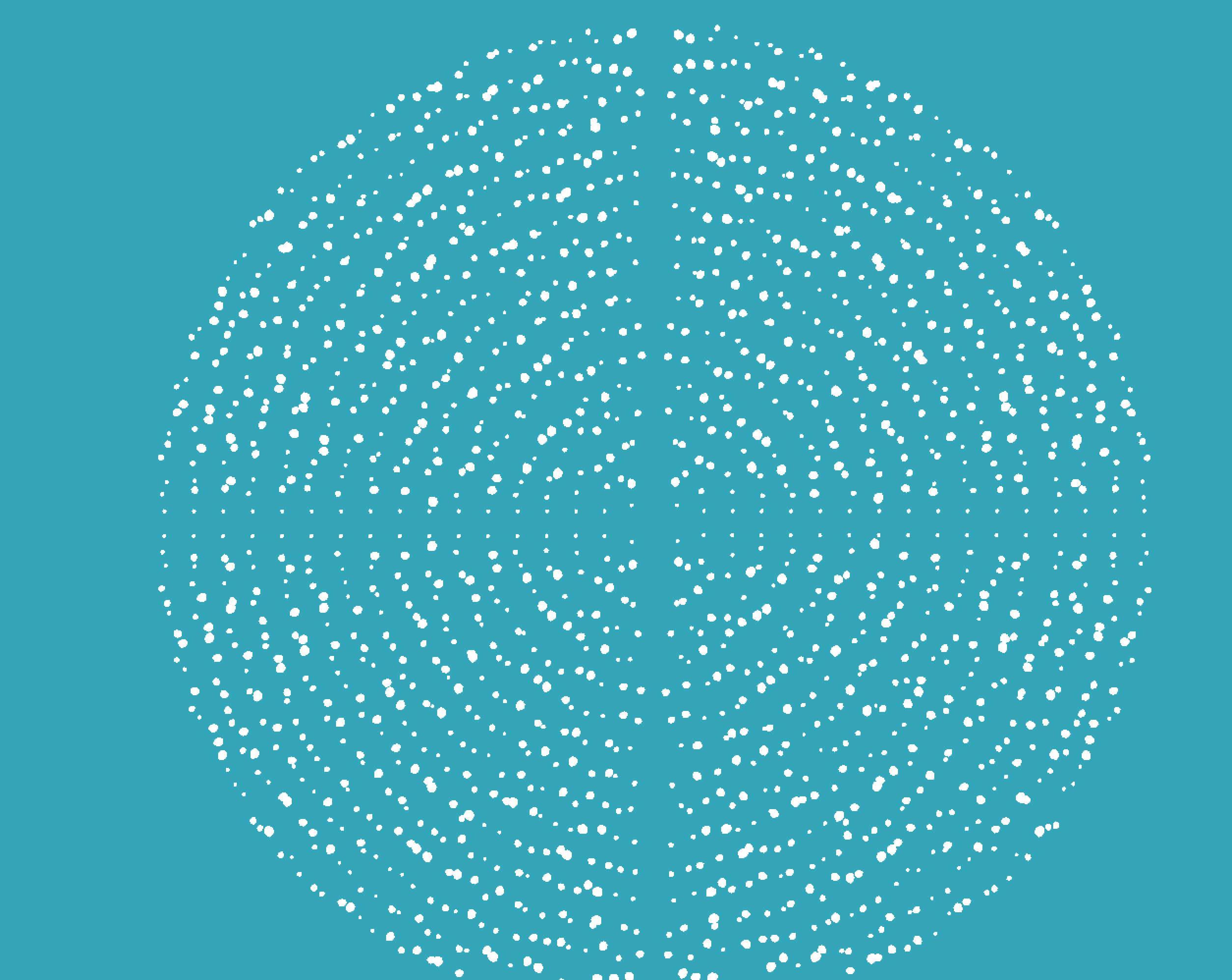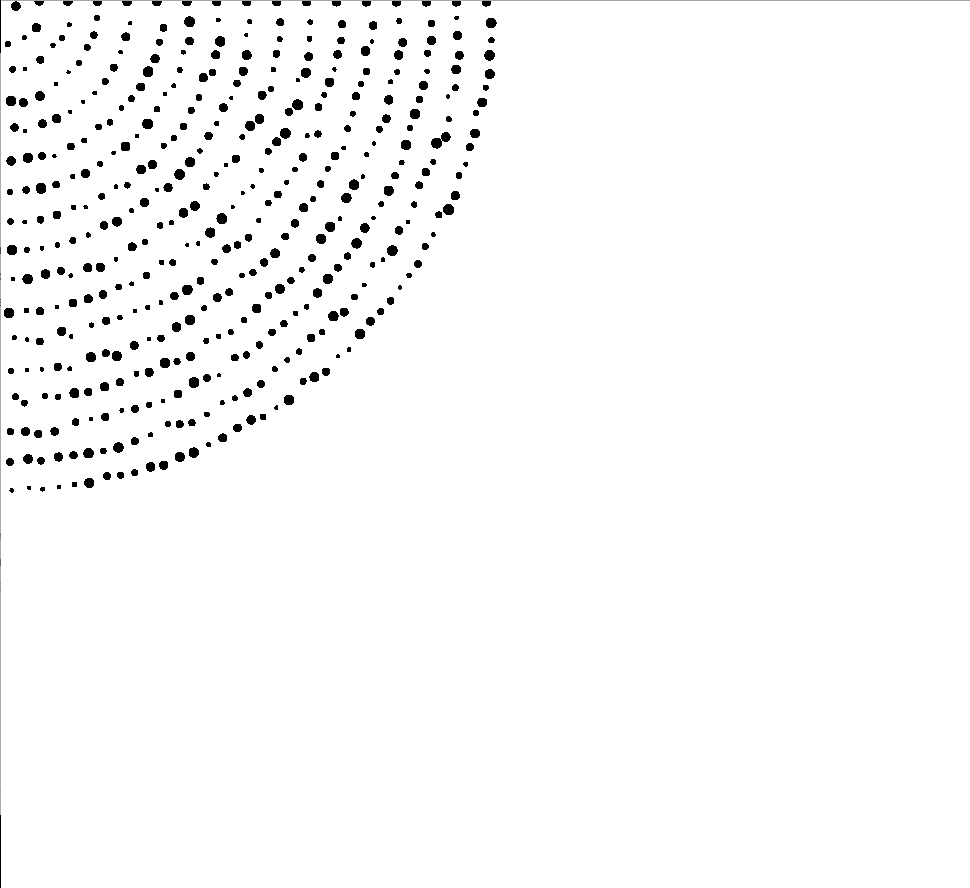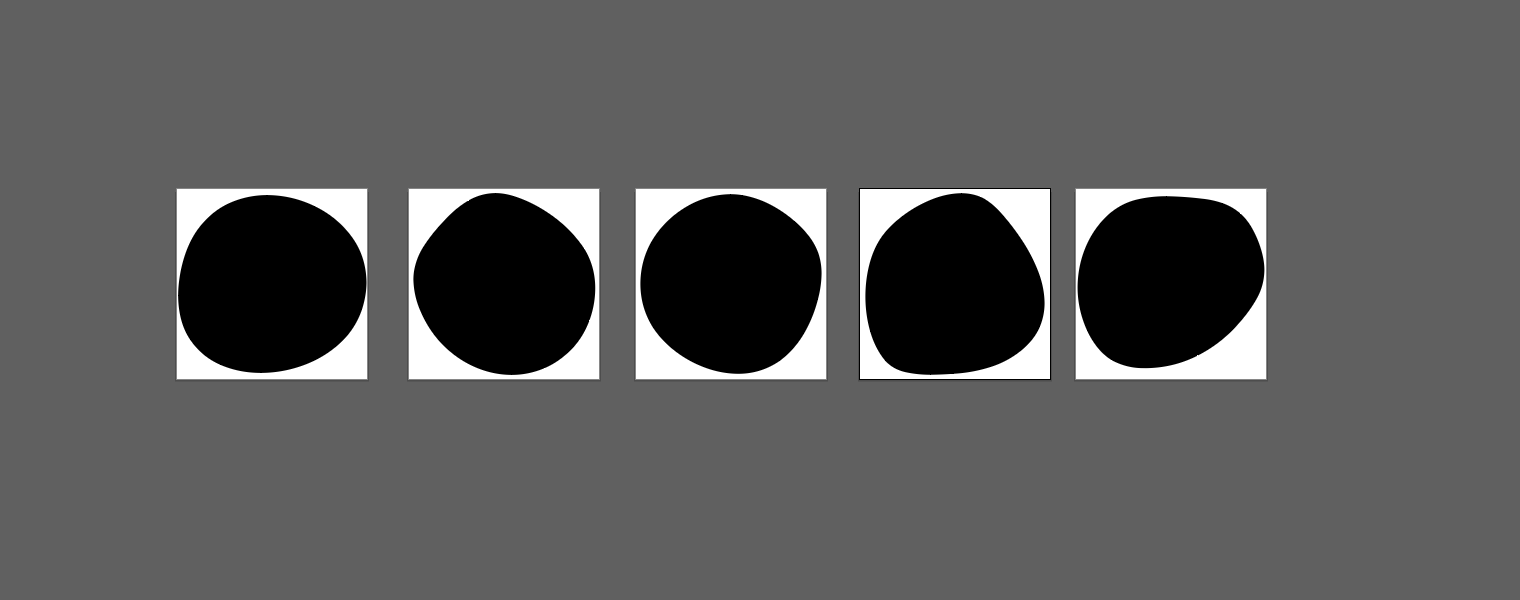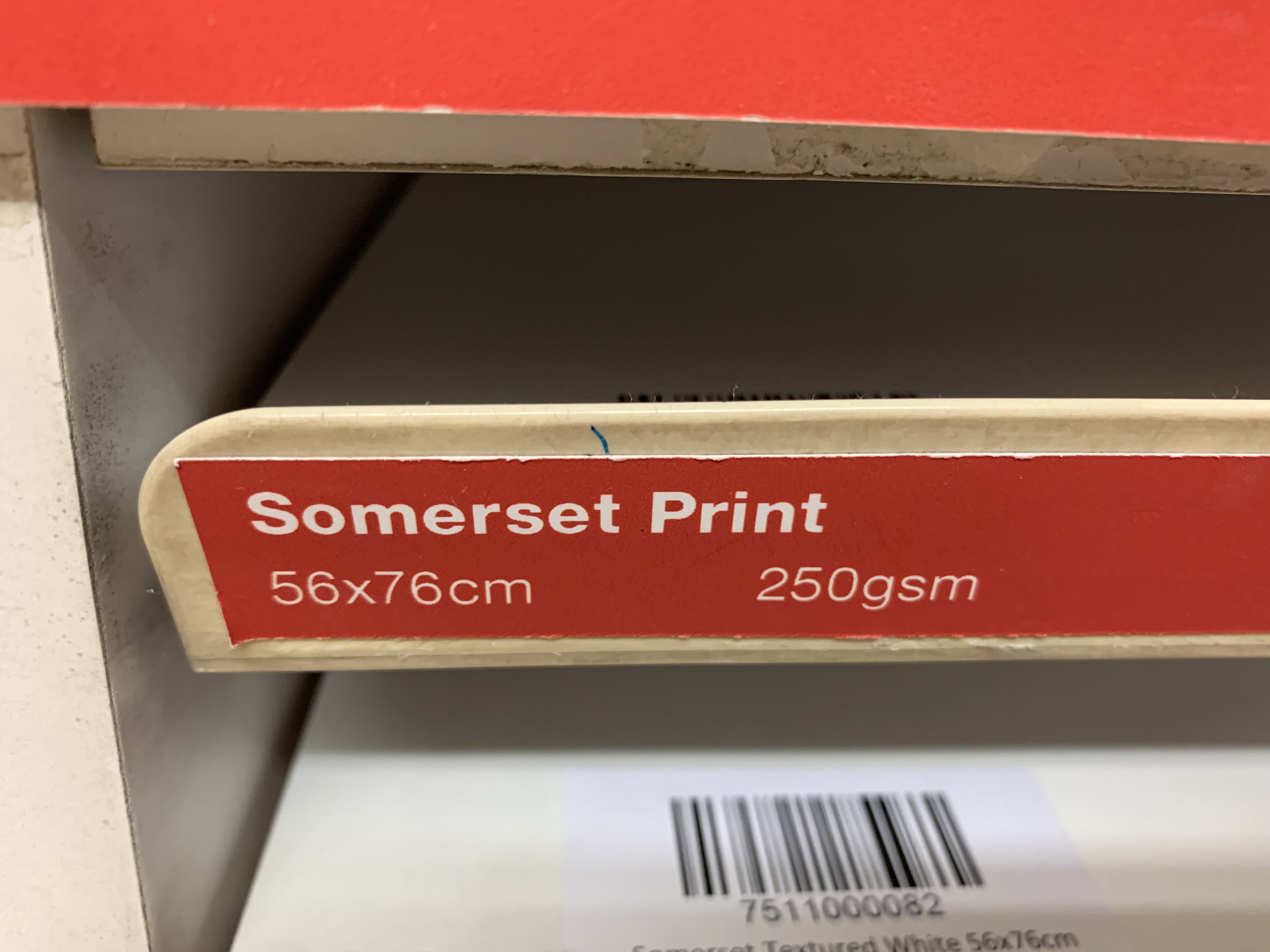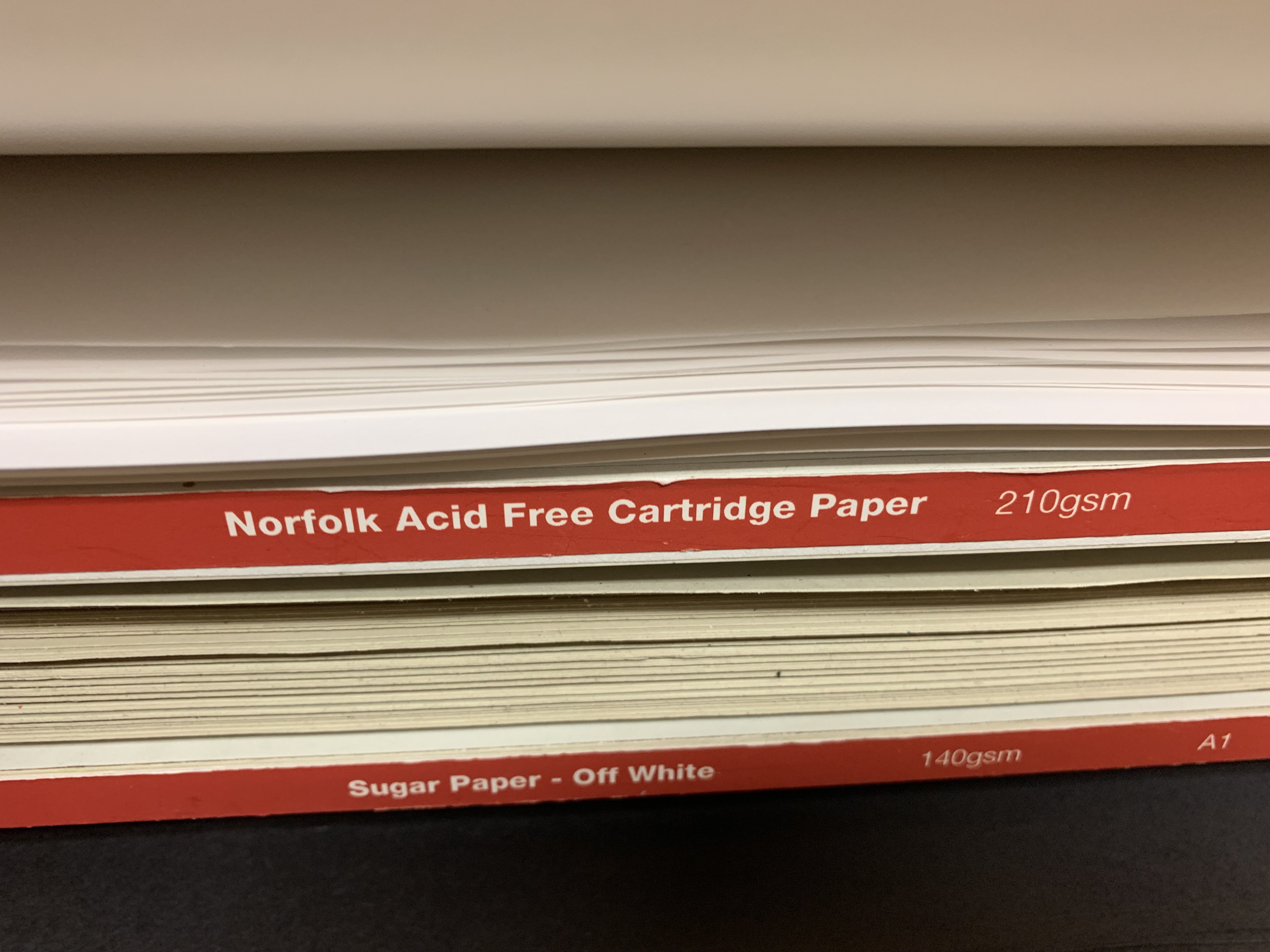Some Belong
by Rachel Max
Inspired in part by the designs of Marimekko, this generative Processing sketch is a visualisation of dataset of a regional loneliness in Northern England.
Music is LA Trance by Four Tet from their album New Energy.
Concept & Aesthetic
For the past few years I have been interested in the increasing epidemic of perceived loneliness in the UK and US. According to a recent study from the British Red Cross, over nine million adults in the UK feel lonely which is almost 1/5th of the country’s population. Loneliness is considered to be as hazardous to human health as smoking 15 cigarettes a day.
I obtained data from a study conducted by the Wigan Metropolitan Borough Council which examines loneliness in small communities around the area. The piece represents the populations and percentage of marginalized people from four communities. I wanted to convey the information in a way which would engage a viewer to interpret the visualized data as a story and to hopefully encourage contemplation.
My goal is that this work encourages discussion about why we are we lonely and the possible contributing factors to the breakdown of community and sense of belonging. Perhaps by becoming aware of this stigmatized issue, we can attempt to address this epidemic.
The aesthetic of this project is inspired by the fabric designs of Finnish textile design house Marimekko. These fabrics feature repeated patterns and are strongly organic with imperfect circles, hand-drawn lines, and use a mixture of both subtle and contrasting colors.
Process
After I narrowed down my visual goal and obtained the data, I began experimenting - trying to make loops of ellipses which felt organic. I added noise to the position of each of the looped shapes - on the X, Y, rotation, and size - eventually achieving an acceptable result. I used transform to create four separate sections and rotate each section so the loop arcs would emanate from the center.
Once I established the form of the loop, I began working on the shapes inside the loop. The organic design called for irregular circles and it seemed that using my own weird circle PShape would be best. This worked at first but then I realized the output to PDF resulted in strange triangular renders and generally unsatisfactory fidelity. After some research and failed attempts, I opted to use SVGs that I designed in Illustrator. Using SVGs also meant that when I scaled up the output PDF, the circles would scale accordingly.
The tabular data was imported and used in each section to determine the size of the arcs and the rotation of each circle. The arc shapes represent community - a cohesion - even if looking slightly disordered which reproduces the organized chaos of nature. The four arc sections are separate but also work in unison to present the idea of a system. The different sizes of these sections create a tension suggestive of movement.
The blue circles outside the arcs resent people with a greater sense of perceived loneliness in that community. The color of these lonely circles gets darker the closer they are to the collective. The bluer the circle, the greater the sense of loneliness. The circular structure of the system suggests the lonely blue circles are literally “out of the loop”.
The sketch results in slightly different visuals each time it is run.
Self Evaluation
While there is room for improvement, I am quite pleased with this project. I feel that I pushed myself technically and aesthetically. I have been thinking about making organic or hand-drawn work for quite some time but didn’t know how to approach it. Exporting the sketch was a bit challenging but I love that I have some tangible to hang on a wall. The pop-up exhibition was insanely compressed but ultimately fun and a great way to display our work.
Thanks to Harry Morley & Alex Brigden for their code help and Clemence Debaig & Lola Mercadal for being in the video.
References
My final project includes code written by Daniel Shiffman and Casey Reas from their tutorials and examples:
loadShape
Array
Noise
noiseSeed
pdf
I also researched several topics for further explanation and for help troubleshooting issues:
Problems using curveVertex with PDF
Array of Images
Data Viz in Processing
Using Tabular Data in Processing
Data Reference Links:
Loneliness datasets
Epidemic of loneliness
Health effects of loneliness
































































